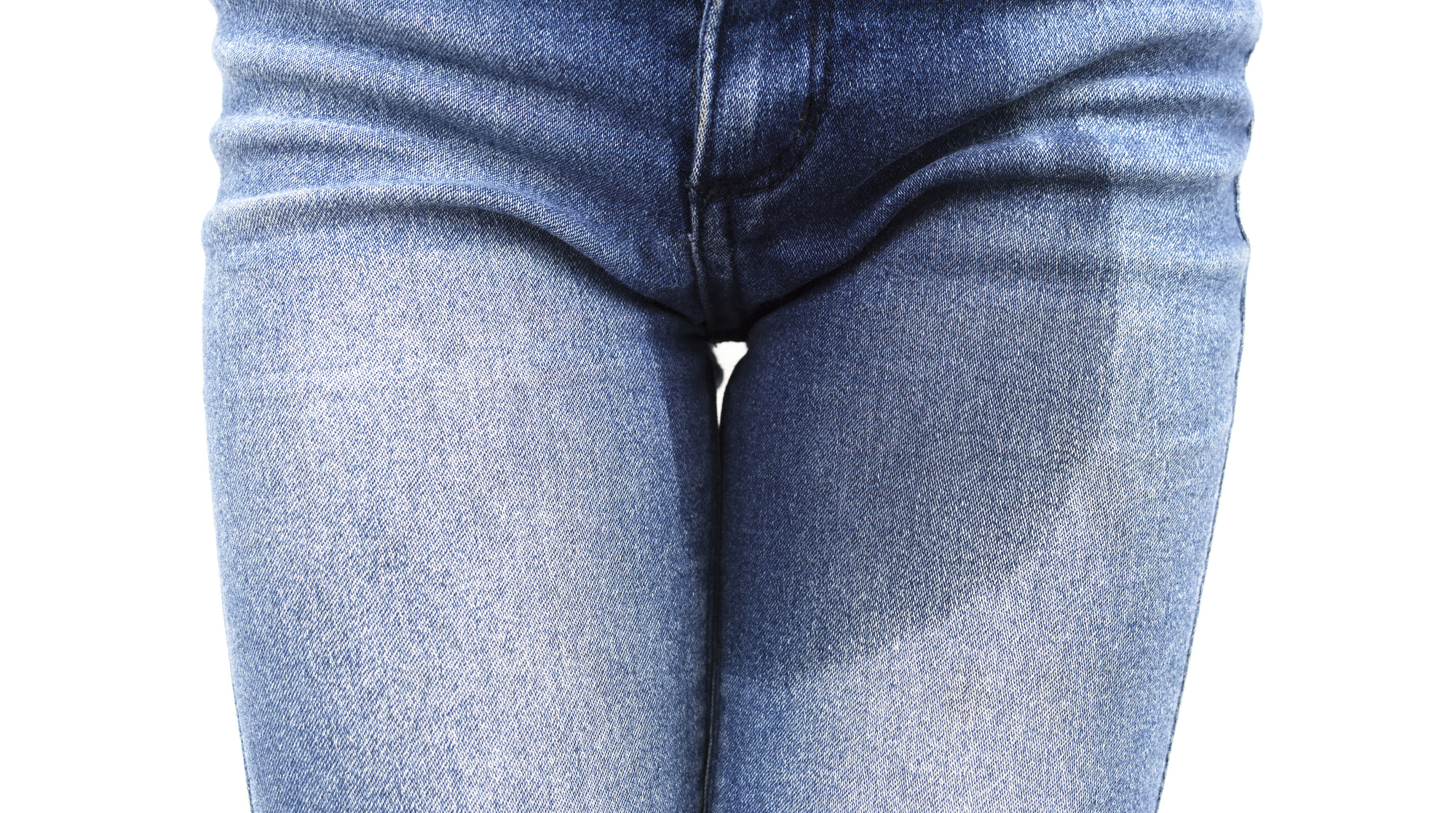
5 Stress Incontinence Treatments to Help Regain Your Confidence
Urinary incontinence is very common but that doesn’t make it less embarrassing. Here are some stress incontinence treatments to help you regain your confidence.
Did you know over half of senior citizens struggle with urinary incontinence? Even though it is incredibly common, many people remain quiet about the condition due to embarrassment.
And guess what? People of all ages can deal with various forms of incontinence.
Worrying day to day about a leaky bladder can cause you to avoid social interactions. What if you can’t find a bathroom while out? What if you need a change of clothes?
So many painful questions, but trust us, there is hope. Ready to take back your life? Looking for the top stress incontinence treatments available? Keep reading below to find out what you can do to make a big change.
What Even is Stress Incontinence?
It’s important to know details of what you are dealing with so you can educate yourself about different treatment options.
Stress urinary incontinence refers to the involuntary loss of urine that occurs when physical activity strains the bladder. This is why many people go to great lengths to avoid sneezing, coughing, running, and others.
This is the most common type of incontinence and occurs due to weak pelvic floor muscles and/or a damaged or weakened urethra. These things can happen from chronic constipation, childbirth, surgery, or menopause.
Obesity is also a risk factor for incontinence.
1. Kegel Exercises: One of the Best Stress Incontinence Treatments
As noted above, weak pelvic floor muscles typically lead to incontinence. Both men and women can experience issues with their pelvic floor from gynecologic or prostate surgery, getting older, or gaining weight.
Childbirth is also a top contributor for women.
Kegel exercises can help reverse some of the muscle weakening. These exercises can target muscles under and around the uterus, bowel, and bladder. This course of action is often the first thing doctors will recommend.
The best part? Kegel exercises can be done at any time of the day while sitting or lying down. This means you can strengthen your pelvic floor while driving, watching television, or even sitting at the office!
To find the muscles to target, focus on tightening and relaxing the muscles that control your urine. You can pretend you have to urinate and then hold it.
Any time you actually do need to use the restroom, start to go and then stop. The muscles you feel tense and move up are the key pelvic floor muscles. Start a routine of tightening and relaxing these muscles a few times a day.
Within one to two months, you should begin to notice fewer bladder leaks.
2. Balance Fluid Levels
Because those suffering from stress incontinence fear accidents, they think about and do tend to drink less water. While excess water can increase your odds of a leak, not drinking enough water can cause a host of other health issues.
Not drinking enough water leads to concentrated urine which can be very irritating to your bladder. This will actually create a higher sense of urgency when needing to go.
It is also helpful to stick to a regular bathroom schedule or routine. If you are experiencing multiple leaks, consider visiting the restroom every two or three hours.
While most people only go to the bathroom when their bladder is full, anyone with incontinence can’t do this. Going frequently throughout the day is one of the best tips for managing bladder issues.
Always empty your bladder before leaving a location. This includes your home, work, restaurants, shops, etc.
Check here for even more tips to managing bladder issues!
3. Maintain a Healthy BMI
Carrying around a few extra pounds puts you at higher risk for bladder incontinence issues, no matter your age. This is because the extra weight puts additional pressure on your bladder and pelvic floor.
The key to tackling bladder issues is to find a safe and healthy way to reduce your BMI and find a healthy weight.
You don’t have to become a marathoner or a meal prepping fanatic to lose a little extra weight. Before drastically changing any part of your routine, be sure to consult a doctor.
But once you have the green light, consider starting with a daily walk outdoors. Walking is a low impact way to get your body moving. Choose one food or drink item to swap for a healthier alternative.
Do you love sugary soda? If you are looking for an easy way to cut calories, try swapping it for flavored water or fruit-infused water.
Small steps over time will lead to more success than trying to implement large changes all at once.
4. Namaste
Yoga isn’t just for granola eating hippies. As a practice, it can help you get in touch with your body and strengthen all the muscles in your body.
If you’ve never done yoga before, start slow. Get familiar with these awesome poses that are perfect for beginners.
Yoga is also suggested as a treatment modality for incontinence because it can help decrease depression and anxiety.
5. Surgical Intervention
One final (and most involved) treatment option is surgery. One common procedure is called a sling surgery.
This involves creating a sling out of human tissue or mesh to support the urethra. This sling helps prevent leaks because it also supports the neck portion of your bladder.
It sounds scary, but the surgery will actually be fairly quick and you usually can go home the same day.
Don’t Let Incontinence Run Your Life
As you can see there are many stress incontinence treatments available out there. No matter the root cause of your bladder issues, there is hope.
Whether through yoga, Kegels, or electrical stimulation, exploring diverse treatment options will put you on a path to success. It’s important to remember that many people deal with incontinence, so don’t be embarrassed!
Do you still have some questions or a situation you’d like to discuss with a professional? Please contact us, we would love to help you!



